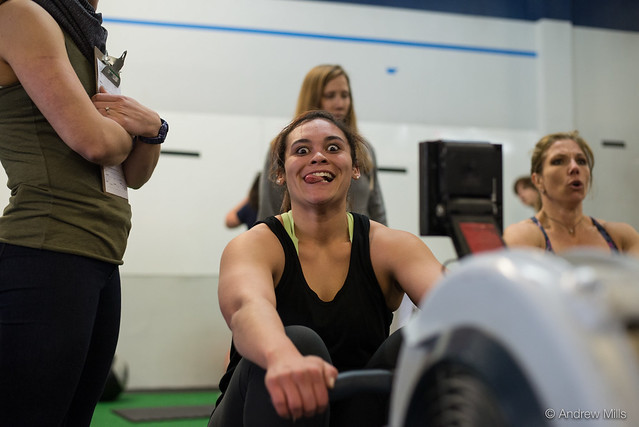Saturday classes at Roots at 7am OR Centennial Middles School track at 9am.
Shop Wod
3 rounds:
120 double-unders
12 burpee box jumps (24/20)
9 goblet squats (72/53)
Track Wod
Run 1600 meters
Rest 3 minutes
Run 1200 meters
Rest 2 minutes
Run 800 meters
Rest 1 minute
Run 400 meters

Ever wonder why New Years resolutions are so hard to maintain or why old habits are hard to break? Check out this article by fellow Root, Nicole Speer. In it she explains how our brains make connections and why new connections can be difficult in the beginning, but with time and repetition they become easier. To sum it up:
Consistent steps in the right direction this year will strengthen the new pathways you are trying to build in your brain, but consistent steps in the wrong direction will further strengthen the pathways you want to leave behind.
Neuroplasticity, we’re told, is the brain’s ability to change it’s connections and pathways, or in other words it’s ability to learn new tricks. And how does one enhance one’s brain neuroplasticity? Exercise, mindfulness, sleep, continued learning and diet. What I find ironic is that exercise, sleep, learning and diet are some of the easiest activities to become complacent about.
So, the next time a Coach tells you to do a movement differently and you feel like it’s harder to do that way, know that mentally, it probably is. And if you’re learning a new movement all-together or trying to eat or sleep a different way, sure, it’s going to be challenging but not only are you helping your physical health you’re also stimulating your brains ability to adapt to new situations which is invaluable, and, as it turns out, can still apply to old dogs.

[…] talked about brain plasticity before and there we learned that through repetition our brains build connections or pathways that […]